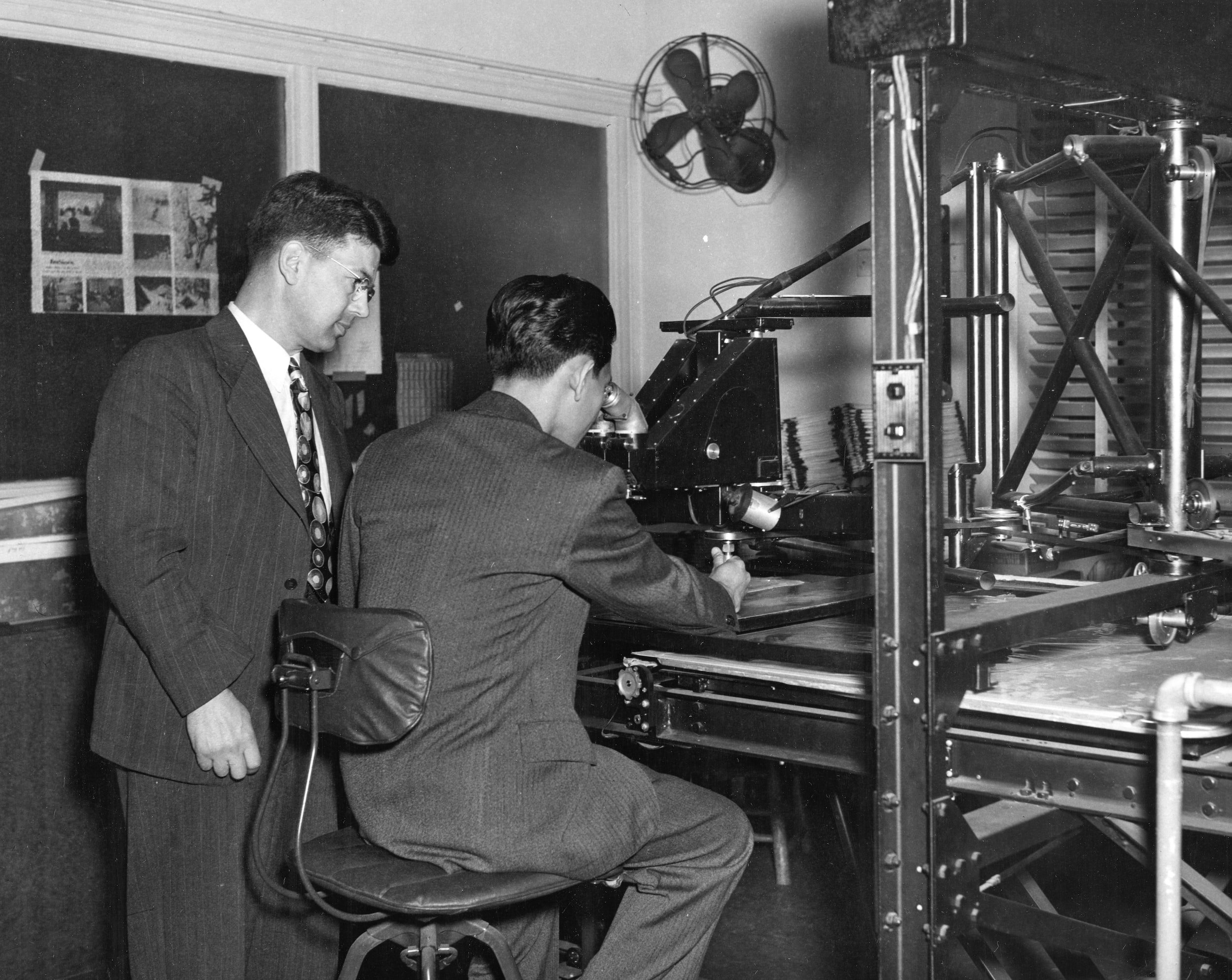The Origins Of Voiceover
Voiceover has become an essential part of modern media, including films, television shows, and video content. The technique involves recording a voice that is then layered over visuals to provide additional context, information, or narration. The origin of voiceover can be traced back to the early days of cinema and radio.
In the early 1900s, films were silent, and live music or sound effects were used to enhance the viewing experience. However, as technology progressed, the addition of synchronized sound and speech became possible. In 1927, the first talkie, "The Jazz Singer," was released, which marked the beginning of a new era in filmmaking.
Around the same time, radio broadcasting was becoming popular, and voiceover became an essential tool to provide context and information to listeners. Radio dramas, news broadcasts, and educational programs used voiceover to convey information and tell stories.
As the film and television industries evolved, voiceover became an essential part of the creative process. It allowed filmmakers to add narration or dialogue to scenes, provide information to the audience, and create a more immersive viewing experience.
Today, voiceover remains an essential tool for filmmakers, content creators, and advertisers. With advancements in technology and the increasing popularity of animation and video content, the use of voiceover is likely to continue to grow and evolve.

